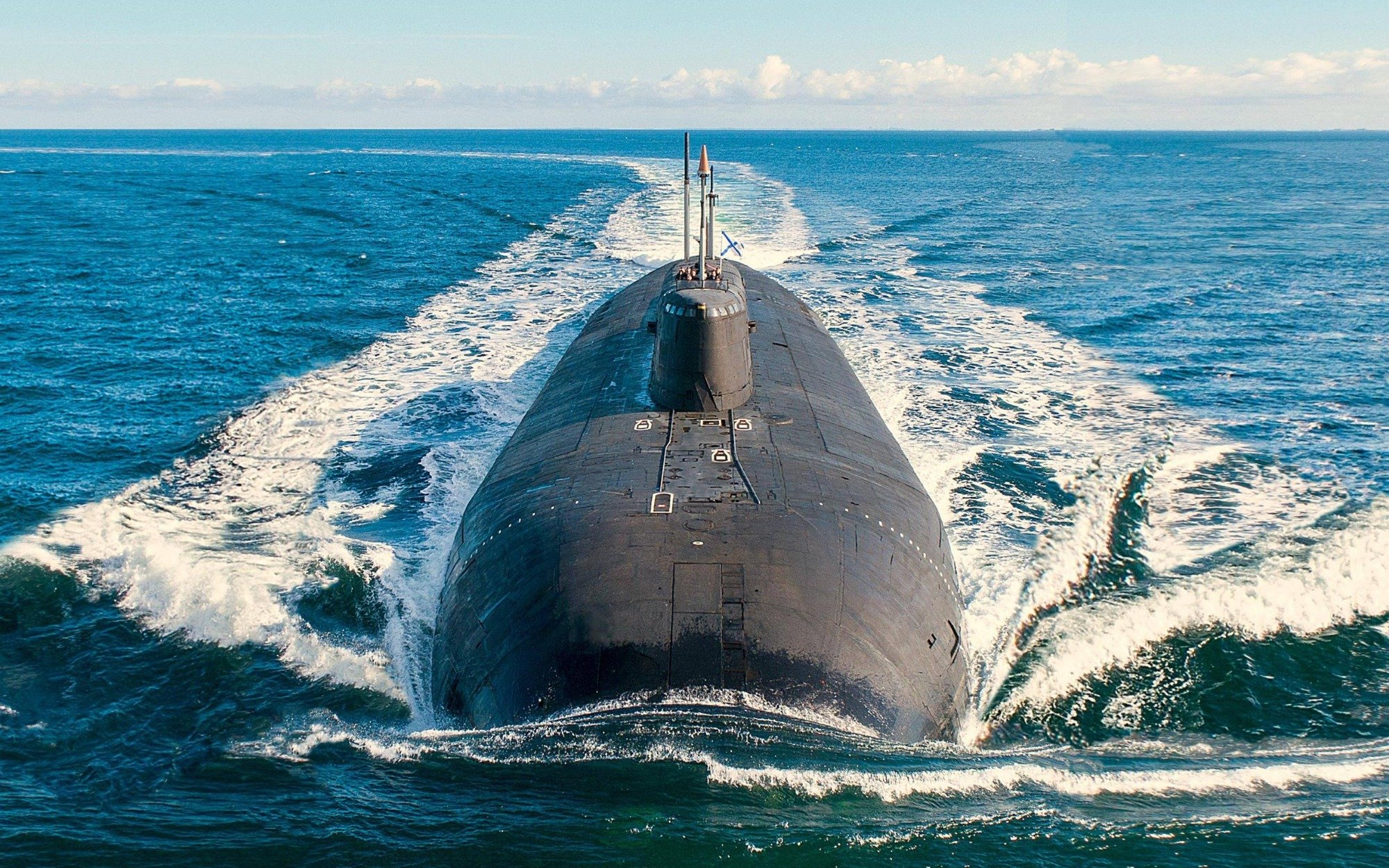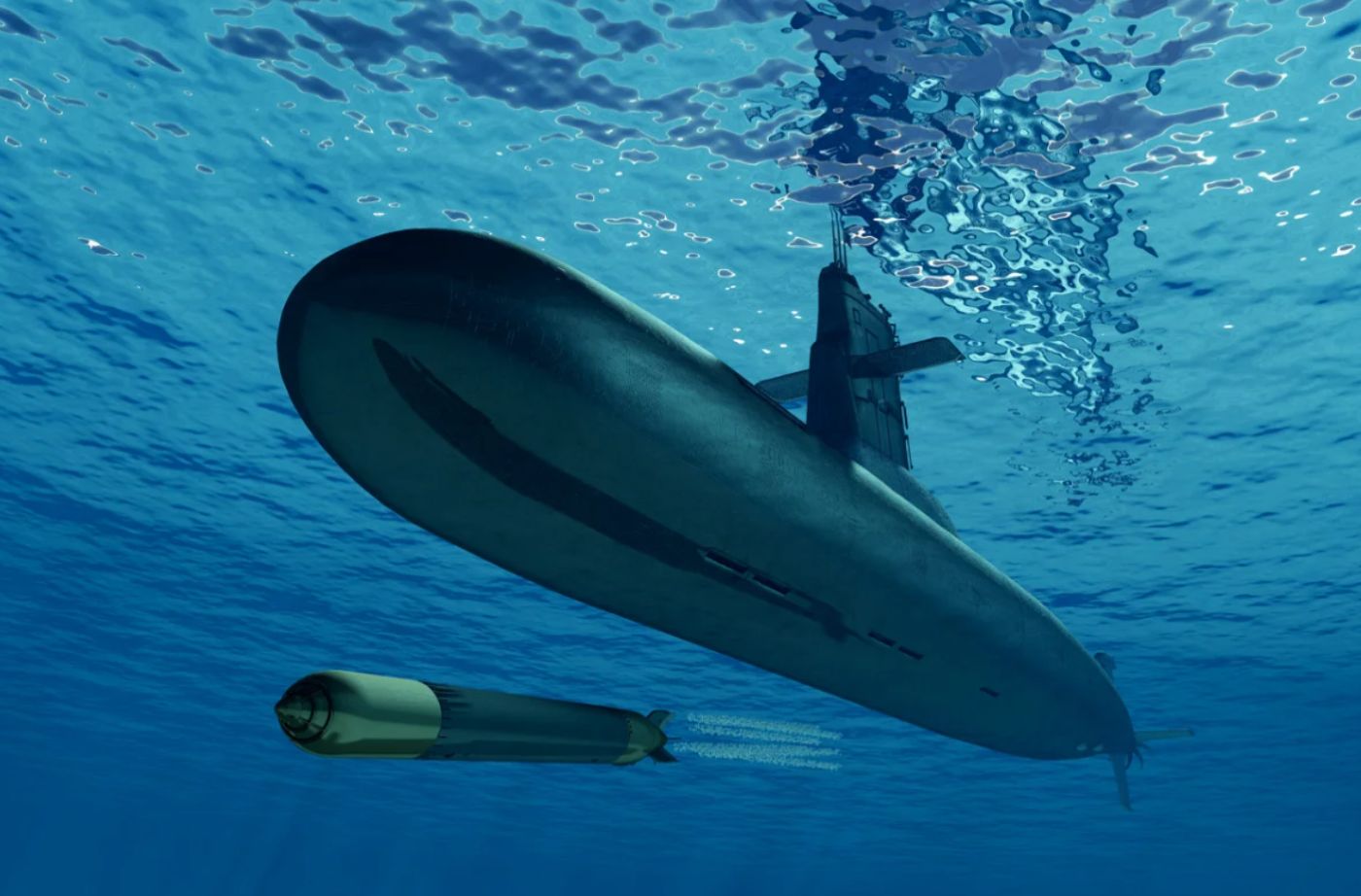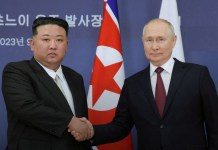Russia is planning to launch a new division of the Pacific submarine fleet equipped with lethal Poseidon nuclear-capable torpedoes, reported by TASS, a Russian state-backed media outlet.
This fleet is expected to become operational by the end of 2024 or the first half of 2025. In January, Russia announced they had produced the initial Poseidon torpedoes.
This announcement came four years after President Putin introduced this groundbreaking type of strategic nuclear weapon and confirmed that its own nuclear source would power it.
Earlier reports indicated that the construction of coastal infrastructure for the submarines that will carry the Poseidon nuclear-capable super-torpedoes is scheduled to be finished by early next year.
“The decision on setting up a division of nuclear-powered submarines in Kamchatka has been made. This will take place in December 2024 or the first half of 2025,” TASS reported, citing an unidentified defense source.
The Pacific Fleet’s new submarine division will include other submarines besides the Belgorod and Khabarovsk subs. The report noted that these special-purpose submarines would focus on strategic deterrence in addition to their other duties.

The Belgorod, a nuclear-powered submarine, will remain in service with the Russian Pacific Fleet and be armed with Poseidon nuclear-powered, nuclear-capable super-torpedoes.
The submarine was delivered to the naval fleet without its basic armament on July 8, 2022, and is currently undergoing operational evaluation in the Russian Northern Fleet.
On the other hand, the Khabarovsk, a nuclear-powered submarine under Project 09851, is in the final stages of construction at the Sevmash Shipyard, a part of the United Shipbuilding Corporation.
A limited amount of confirmed information about the Poseidon weapon is available to the public. However, military analysts suggest it is essentially a combination of a torpedo and a drone that can be launched from a nuclear submarine.
Russia’s Poseidon Nuclear Drone
Following the military operations in Ukraine, Russian commentators have consistently issued threats against the West, claiming that the Poseidon torpedoes can cause radioactive tsunamis reaching heights of up to 1,000 feet.
While military experts dismiss these claims, they acknowledge that the Poseidon torpedoes could potentially devastate the coastal cities of enemy nations.
Once released from the submarine, the Poseidon torpedo functions similarly to a drone, allowing it to be remotely guided to its targets.
A retired Russian commander, Yevgeny Buzhinsky, recently advocated for using the Poseidon against London, claiming that Britain would cease to exist if Moscow deployed the Poseidon.
Vijainder K. Thakur, an Indian Air Force veteran and military expert, told EurAsian Times, “Poseidon is a doomsday weapon. It is a post-apocalypse weapon. Most importantly, it is a nuclear weapon. As such, it can only be used as a deterrent. It has no combat value. It cannot be used in wars. It can only prevent wars.”

Similarly, Professor Andrew Futter, a University of Leicester academic and nuclear weapons expert, told EurAsian Times, “Poseidon doesn’t change the strategic picture – it is just a different way of delivering nuclear weapons.”
He believes that Poseidon has the potential to be utilized for “a number of other non-nuclear functions and missions too.”
The purpose of developing the Poseidon torpedo was to cause severe damage to an enemy nation’s coastal infrastructure, render sizable portions of the country uninhabitable due to radioactive contamination, and prevent the conduct of military, economic, or other activities for a considerable amount of time.
Limited information is available regarding the full extent of Poseidon’s capabilities, but it is believed to possess several significant strengths. One of these is its ability to operate at great depths and high speeds, which makes it difficult to detect and intercept.
Russia’s development of the Poseidon drone was partly motivated by its desire to showcase its ability to develop weapons that could evade the US defense systems. This was seen as a response to the US deploying missile defense systems in Europe, which Russia views as threatening its national security.

The Russian government has also achieved considerable advances in creating and deploying hypersonic weapons, which represent a major challenge to current defense systems because of their exceptional speed and agility.
These Poseidon and hypersonic weapon systems have distinct importance from a military perspective.
Thakur pointed out, “Hypersonic weapons can be used, particularly if they do not carry a nuclear warhead. The impact of the two weapons on adversary planning is completely different. If a Russian adversary has no intention of going nuclear, then the adversary can ignore Poseidon.”
Nevertheless, the latest announcement means that Russia will soon possess a new deterrence weapon that, if used, could cause devastating damage to coastal cities in the US.
- Contact the author at ashishmichel(at)gmail.com
- The headline has been corrected from Inhabitable to Uninhabitable
- Follow EurAsian Times on Google News




